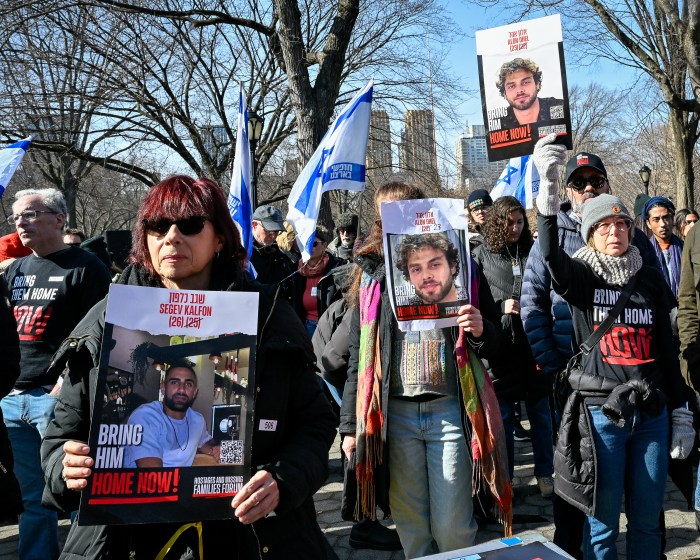The Inter-American Development Bank (IDB) says a financing increase of more than 20 percent from the previous year by the world’s six largest multilateral development banks (MDBs) has boosted projects that help the Caribbean and other developing countries cut emissions and address climate risks.
The Washington-based financial institution said climate financing by the MDBs rose to a seven-year high of US$35.2 billion in 2017, up more than 20 percent from the previous year.
The MDBs’ latest joint report on climate financing said US$27.9 billion, or 79 percent of the 2017 total, was devoted to climate mitigation projects that aim to reduce harmful emissions and slow down global warming.
The remaining 21 percent or US$7.4 billion of financing for emerging and developing nations was invested in climate adaptation projects that help economies deal with the effects of climate change, such as unusual levels of rain, worsening droughts and extreme weather events, the IDB said.
In 2016, it said climate financing from the MDBs had totaled US$27.4 billion.
The latest MDB climate finance figures are detailed in the 2017 “Joint Report on Multilateral Development Banks’ Climate Finance,” combining data from the African Development Bank , the Asian Development Bank , the European Bank for Reconstruction and Development, the European Investment Bank , the Inter-American Development Bank Group (IDB and IDB Invest) and the World Bank Group (World Bank, IFC and MIGA). The IDB said these banks account for the vast majority of multilateral development finance.
In October 2017, the IDB said the Islamic Development Bank joined the MDB climate finance tracking groups, adding that their climate finance figures will be included in reports from 2018 onwards.
The IDB said climate funds, such as the Climate Investment Funds (CIF ), the Global Environment Facility (GEF ) Trust Fund, the Global Energy Efficiency and Renewable Energy Fund (GEEREF ), the European Union’s funds for Climate Action and others have also played “an important role in boosting MDB climate finance.”
In addition to the US$35.2 billion of multilateral development finance, the IDB said the same adaptation and mitigation projects attracted an additional US$51.7 billion from other sources of financing last year. Of the 2017 total, 81 percent was provided as investment loans, the bank said.
Other types of financial instruments included policy-based lending, grants, guarantees, equity and lines of credit.
Juan Pablo Bonilla, IDB’s manager of the Climate Change and Sustainability Sector, said the bank channeled nearly US$800 million principally to increase resilience of water-related operations and other built infrastructure.
To seize opportunities afforded by the region’s vast renewable energy resources, he said the IDB Group made available nearly US$3.5 billion in 2017 to deploy solar and wind energy, improve energy efficiency, and support policy shifts towards decarbonized energy.
Bonilla said the region, Sub-Saharan Africa, and East Asia and the Pacific were the three major developing regions receiving the funds.
“In 2017, Latin America and Caribbean ranked highest among world regions accessing MDB climate finance,” said Gema Sacristán, IDB’s chief investment officer. “This represents an unprecedented and steady increase for the Latin America and Caribbean region over the last two years, with the IDB Group as the region’s partner of choice for investing sustainably in the region.”
The IDB said the sharp increase came in response to the “ever more pressing challenge of climate change.”
“Calls to galvanize climate finance were at the heart of events such as the One Planet Summit in Paris in December 2017, two years after the historic Paris Agreement was adopted,” the IDB said.
It said that when multilateral banks began publishing their climate investment in developing countries and emerging economies jointly in 2011 and in 2015, MDBs and the International Development Finance Club agreed to joint principles for tracking climate adaptation and mitigation finance.
The IDB said climate finance addresses the specific financial flows for climate change mitigation and adaptation activities.
“These activities contribute to make MDB finance flows consistent with a pathway toward low greenhouse gas emissions and climate-resilient development, in line with the Paris Agreement,” the IDB said.
It said the MDBs are currently working on the development of more specific approaches to reporting their activities and how they are aligned with the objectives of the Paris Agreement.



























